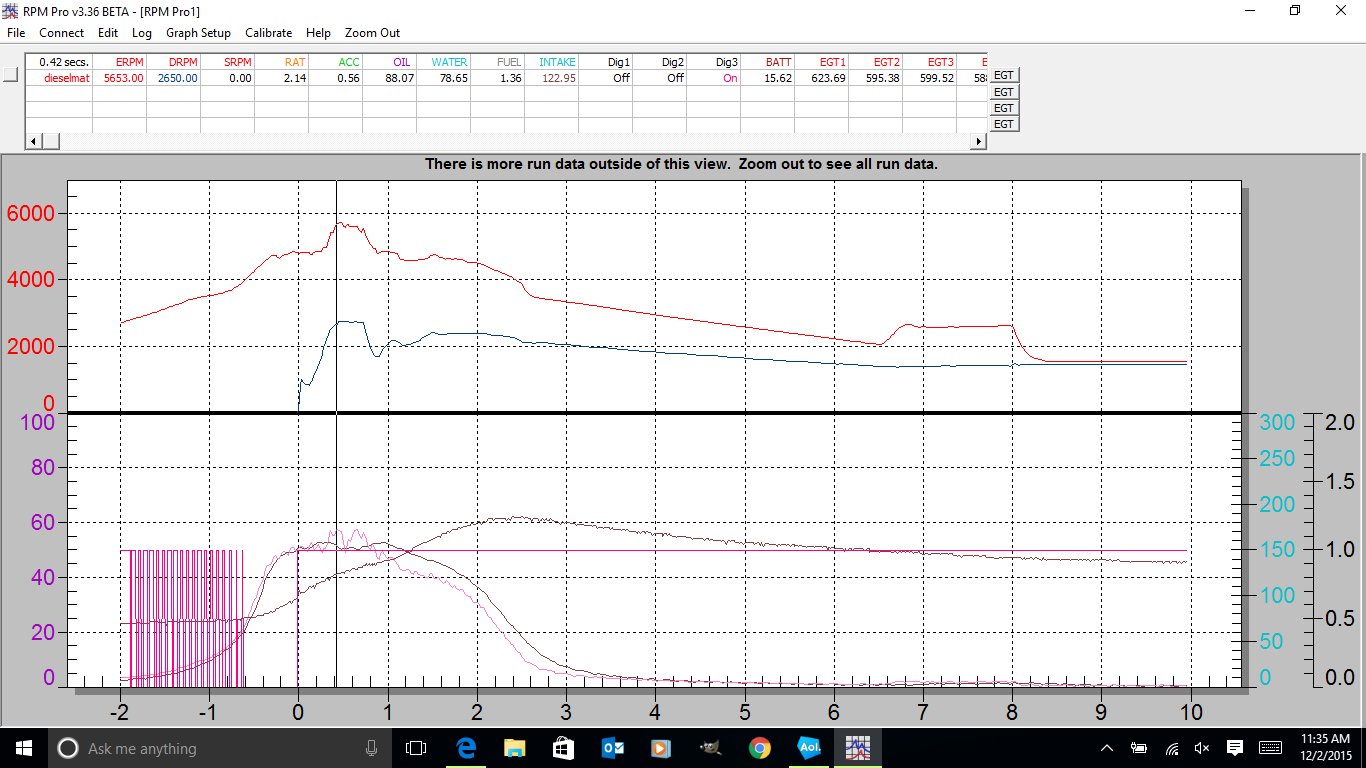I have laid out the flow chart for a new single stage progressive nitrous controller .
This controller will have a boost sensor and the ability to work off of TPS
It will have the ability to start at a given boost and percentage or total nitrous flow, and go to 100% at a given boost.
The controller will be simple and programmable on a small LED screen
control up to 2 solenoids . It will also read out Boost
What do you think , and what would you like to see
This will be a fairly inexpensive product . less the $300
.
This controller will have a boost sensor and the ability to work off of TPS
It will have the ability to start at a given boost and percentage or total nitrous flow, and go to 100% at a given boost.
The controller will be simple and programmable on a small LED screen
control up to 2 solenoids . It will also read out Boost
What do you think , and what would you like to see
This will be a fairly inexpensive product . less the $300
.


